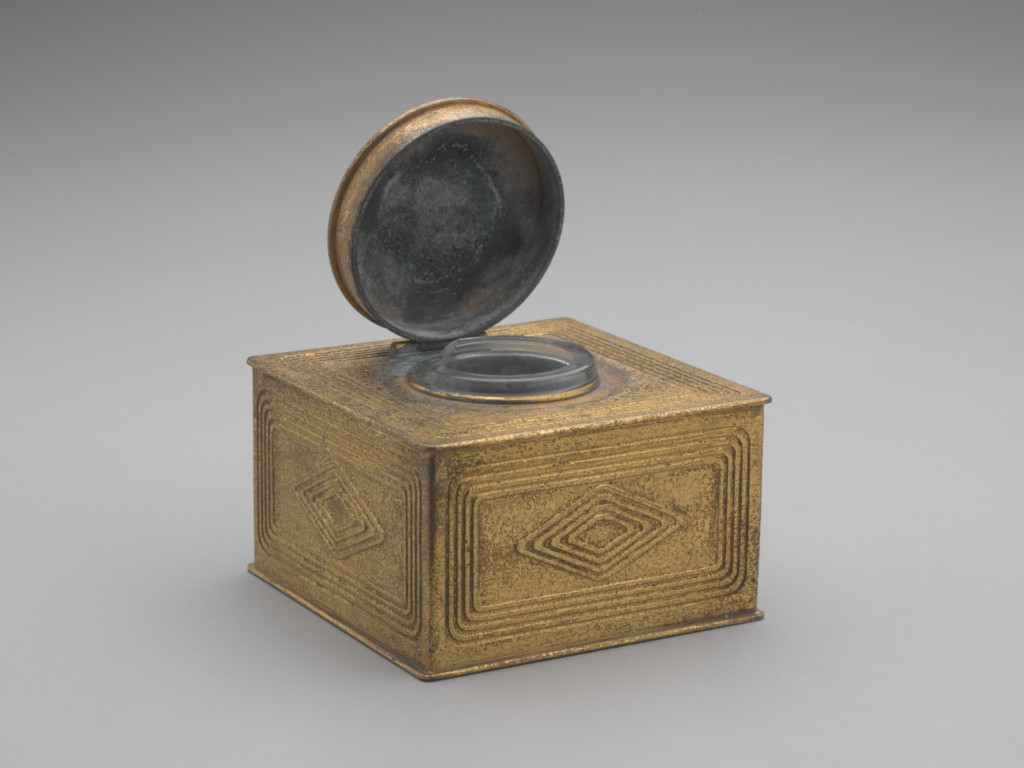Dream Projects
We all have them. File folders with assorted clippings. Post-it notes on the computer screen. Wild ideas scrawled on legal pads after a particularly good lecture. Promises made to confidantes over drinks at the conference hotel bar. These are the beginnings of our dream projects: research ideas that we’d pursue if only… If only we had the time. If only we had the resources. If only we had the training. If only we had the political cover. If only it wouldn’t hurt our career. If only we could find the perfect collaborator. If only we could invent a new platform. If only the current norms of our discipline, subfield, or institution permitted it.

In this Bully Pulpit, we examine the many different kinds of limitations—real or imagined—that impact the research decisions we make. What kinds of stories, methods, ideas, and messages get left out of the art historical record because of these limitations? Finally, how do we unwittingly reinforce these limitations by adhering to them?—cutting short the creative thinking of our students and audiences. The following four essays by Dianne Harris, Leo Mazow, Kenneth Haltman, and Shawn Michelle Smith explore these questions from a variety of perspectives. As always, we want to hear from you. Send us your responses—and your dreams—to journalpanorama@gmail.com (subject line “Bully Pulpit”).
Responses
Dianne Harris,Professor, Department of History; Dean, College of Humanities; University of Utah
Leo G. Mazow, J. Harwood and Louise B. Cochrane Curator of American Art; Virginia Museum of Fine Arts
Shawn Michelle Smith, Professor, Department of Visual and Critical Studies School of the Art Institute of Chicago
Kenneth Haltman, Professor, School of Visual Arts University of Oklahoma
DOI: https://doi.org/10.24926/24716839.1565
PDF: Barrett, Burns, Marshall, Wallach – Dream Projects
About the Author(s):

